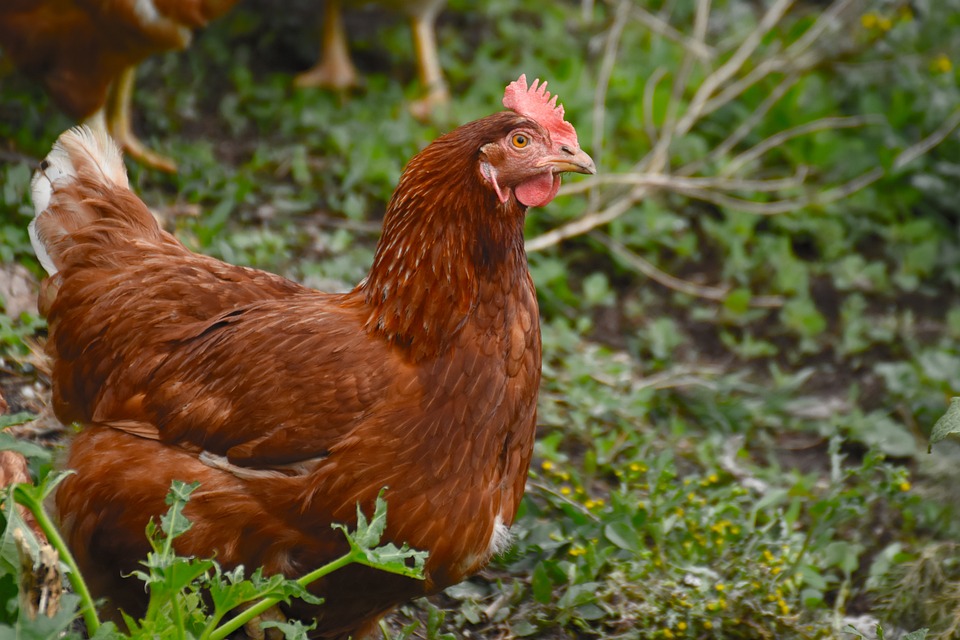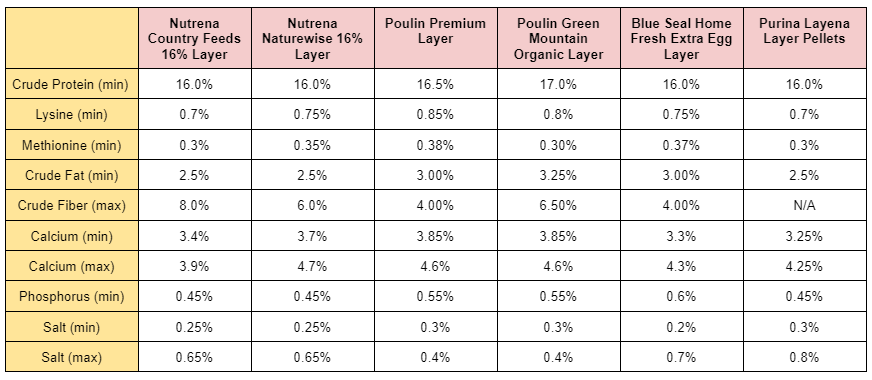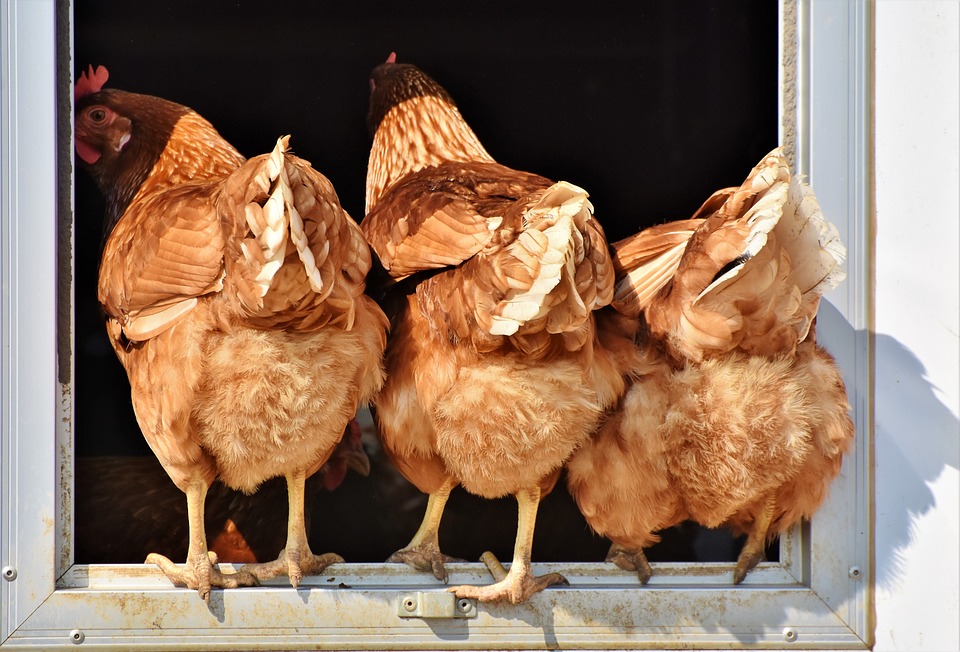Choosing Layer Feed for Backyard Chickens
 Choosing Feeds
Choosing Feeds
When raising backyard chickens, the food they eat is the factor that will most directly influence egg production and quality. Many people buy whatever’s economical and available without putting much thought into the content of the feed, or the nutrition you’re giving the birds.
Commercial poultry feeds may meet general nutritional guidelines, but the ingredients in your feed impact egg production and quality more than anything else. Misconceptions about chickens’ dietary needs further complicate matters. Not only that, the rising concern of antibiotics and GMO-derived ingredients has made for a greater variety of poultry feeds available than before.
A better understanding of the differences between the many feed options out there will help you make informed choices about the health of the flock and give you the end product that’s best for you.
What should laying hens eat? Can they eat my kitchen scraps?
If egg production is your priority, hens from 18 weeks onward need a minimum of one cup of nutritionally complete layer feed per day to maintain consistent egg production. Hens also require poultry grit for proper digestion, which is not included in layer feeds and must be provided regularly.
Too many treats, kitchen scraps, and other additions like scratch, can dilute the protein, vitamins, and minerals that are found in their feed. Chickens need these in the percentages in which they are available in commercially produced complete feeds.
In the guaranteed analysis on each bag, you will find the percentages of each nutrient essential for egg production. Here is a comparison table for some of our more popular layer feeds.

As you can see, most feeds strive for high protein, low fiber, and essential amino acids like lysine and methionine. These layer formulas optimize egg production. Calcium is essential for strong eggshells, and can be supplemented in a bird’s diet through oyster shells.
Keep in mind that these nutrients can be sourced from different raw ingredients. These ingredients vary from brand to brand and may change over time, so it’s a good idea to stay aware of what’s in your layer feed if you’d like to avoid certain ingredients, like soy.
Should I feed crumbles or pellets? What’s the difference?
The short answer is- it’s up to you. There is no nutritional difference between the crumbles and pellets of the same brand. Some hens prefer crumbles, and some prefer pellets.
Pellets may be more convenient for the person doing the feeding since there tends to be less waste, but crumbles may be more palatable depending on the flock. The formulas, however, are identical within the brands no matter the texture of the feed.
What is organic layer feed?
If you’d like your chickens to give you organic eggs, organic feed is what they need to eat. Organic poultry feed does not contain ingredients farmed with synthetic pesticides or genetically-modified organisms.
That means everything is free from substances that could potentially pass into the eggs and whoever eats them. Many people consider organic eggs to be higher-value than regular eggs for this reason.
It’s important to consider that free-ranging your laying hens in a yard that’s been treated with synthetic pesticides means anything they peck off the dirt may contain these chemicals as well. Feeding regular scratch grains (made of corn and barley) also negates the organic diet.
Raising organic chickens requires a little more coordination between their environment and diet but is a worthwhile endeavor if you’re committed to an organic lifestyle.
What if my chickens aren't laying as much as they should?
While there are many different reasons why your flock may lay less eggs, or even stop laying altogether, it's usually environmental or dietary issues that cause a lack of eggs. Consider switching them to another type of food with a higher protein content, or reduce obvious stressors in their environment. Check for signs of illness or disease and isolate any sick birds.
Lastly, seasonal weather changes and the amount of sunlight in the day has a notable effect on egg production. Hens in the winter produce significantly less eggs, but can be encouraged to lay more by adding artificial light sources in their coop for a few extra hours a day, and providing more supplementary protein in their diet.

